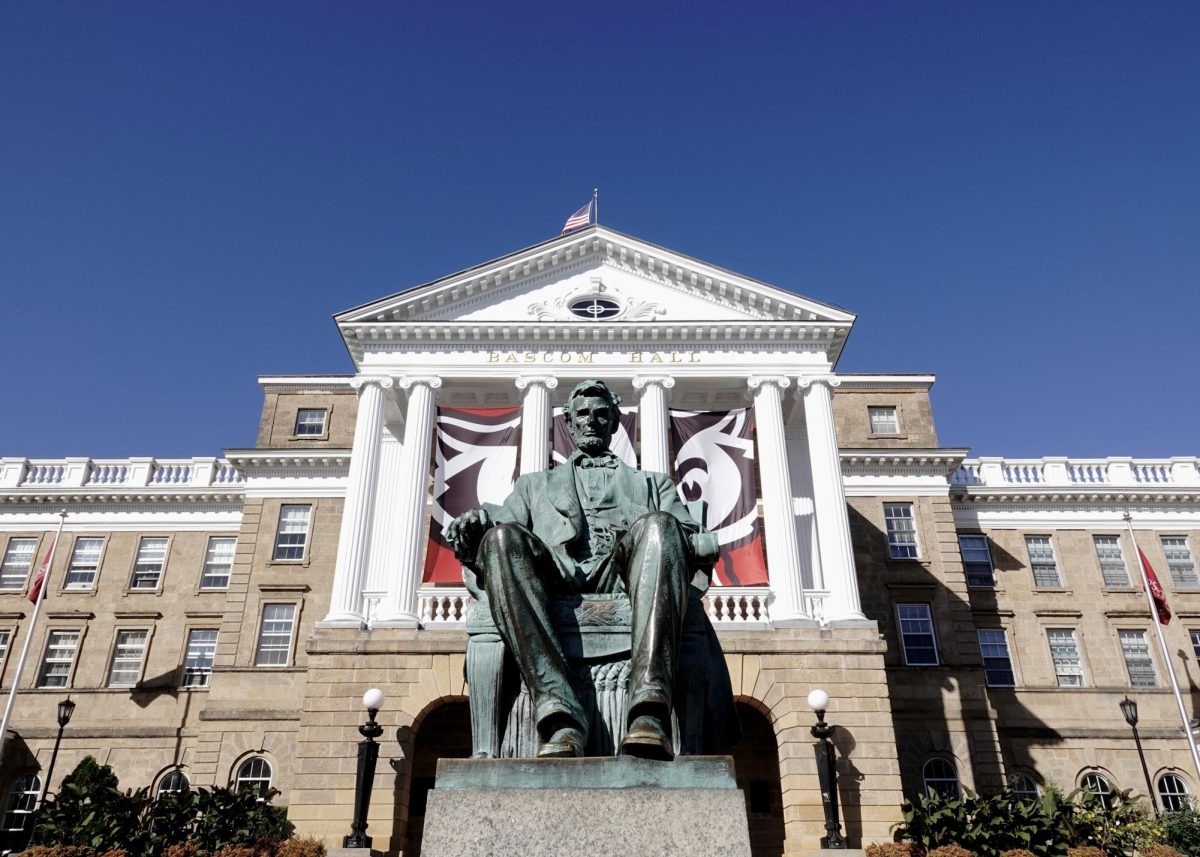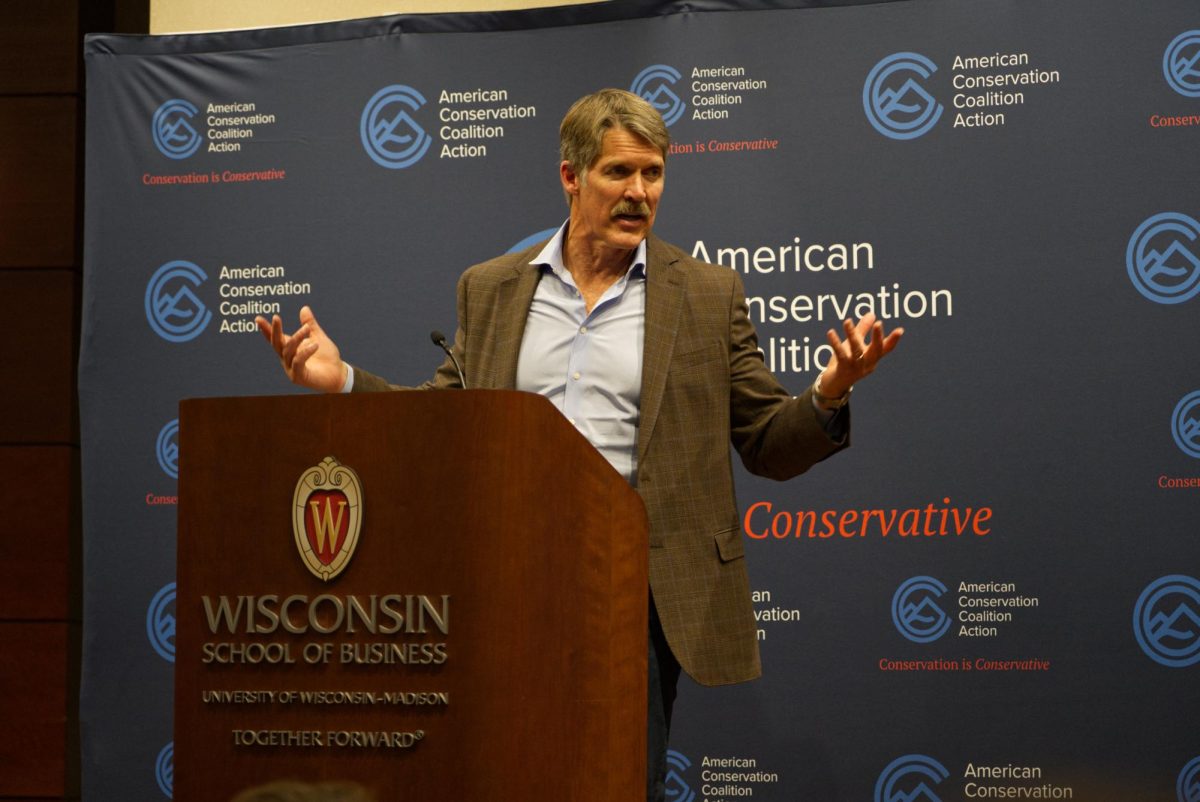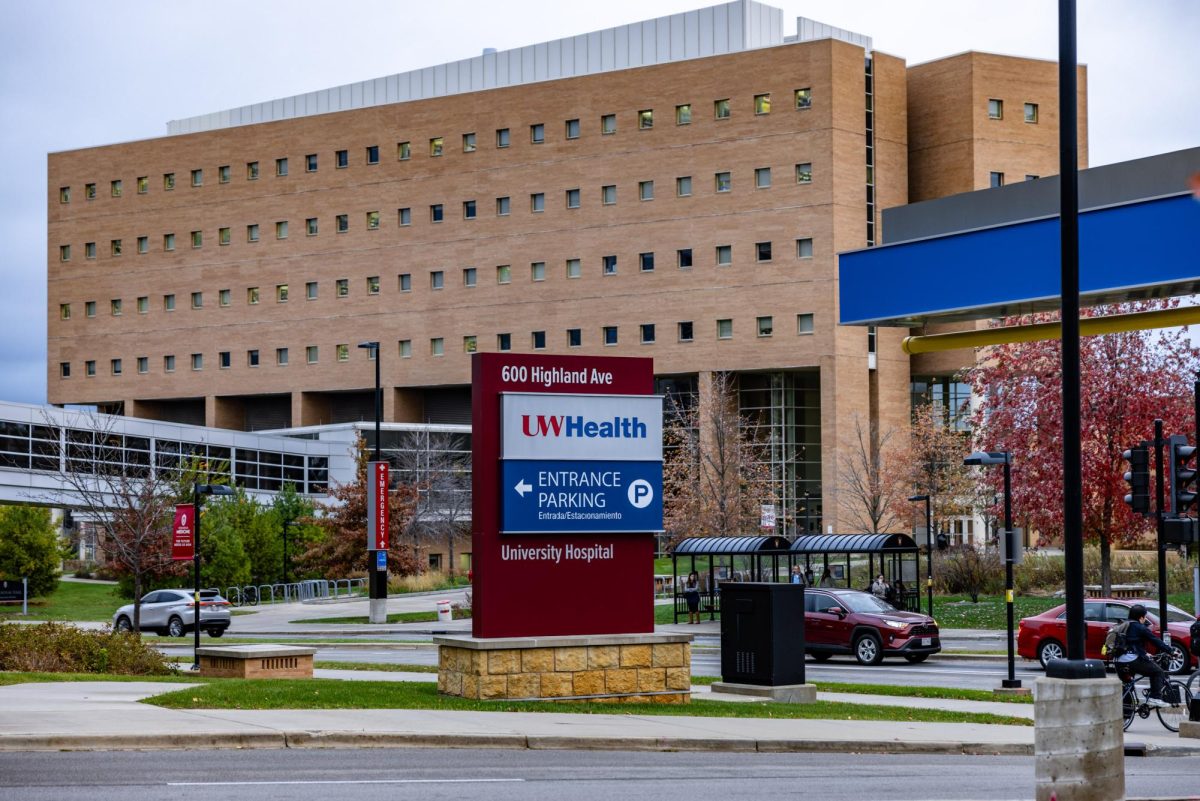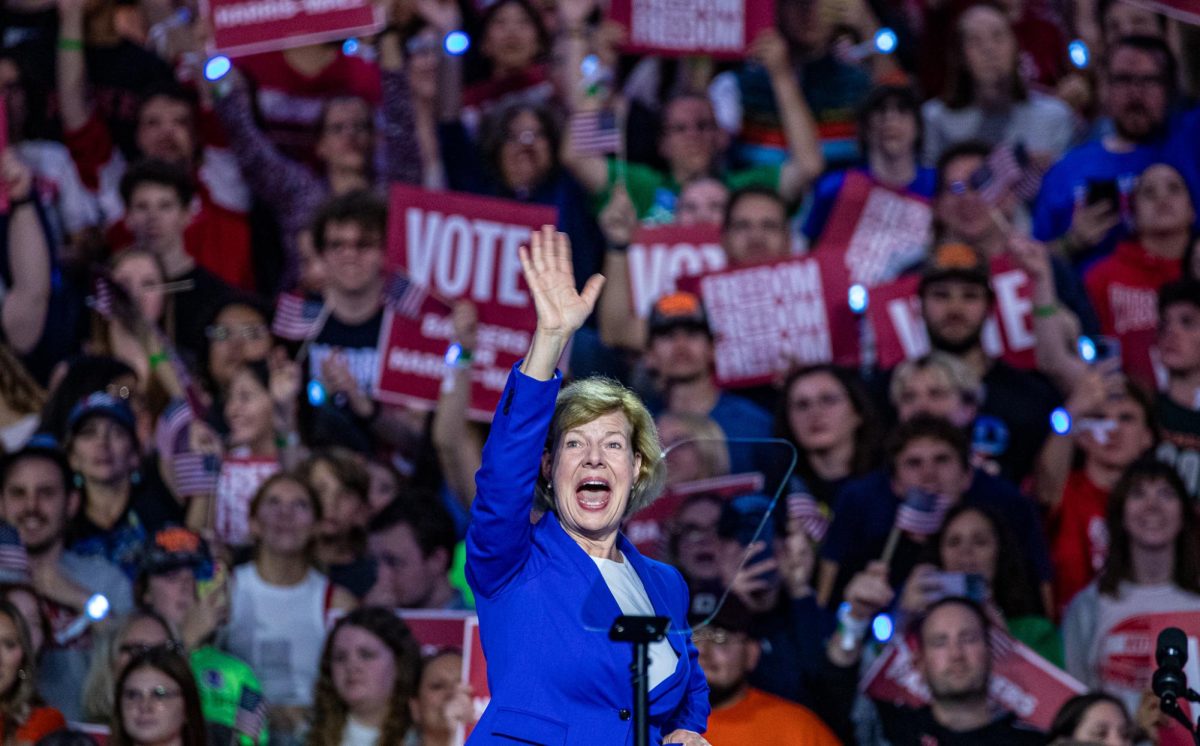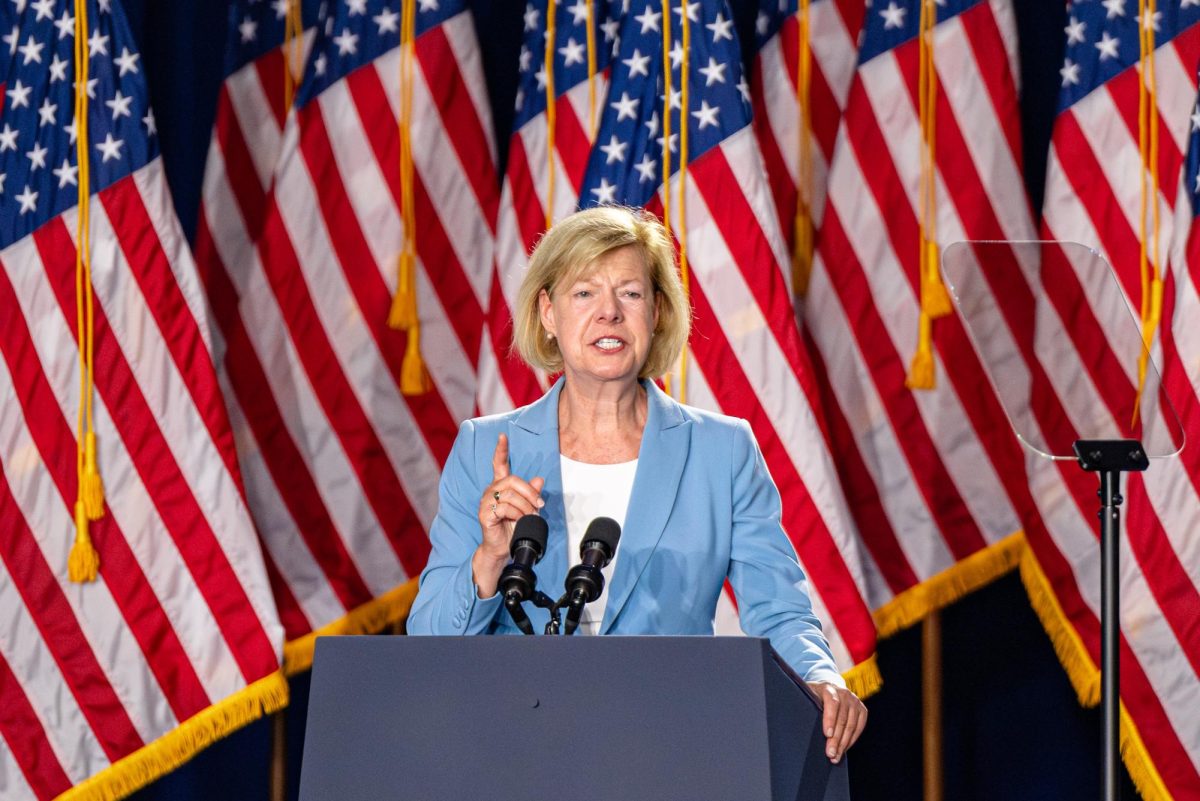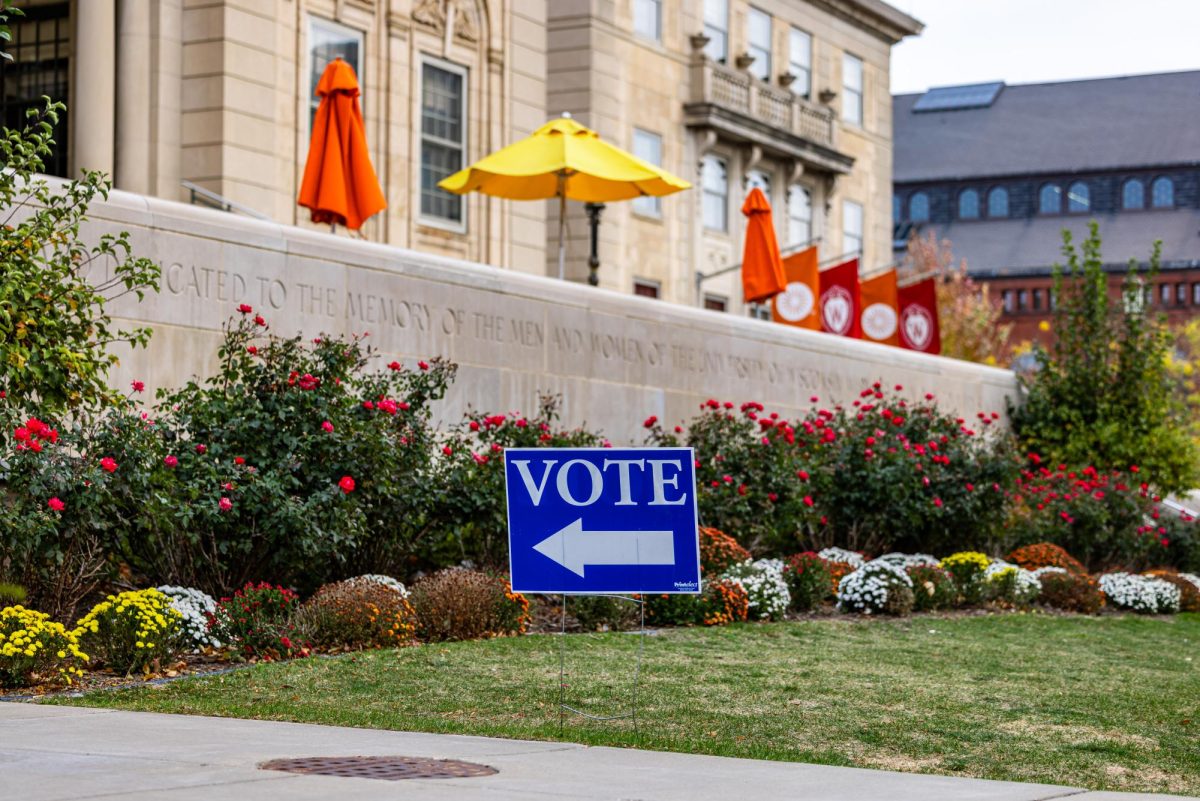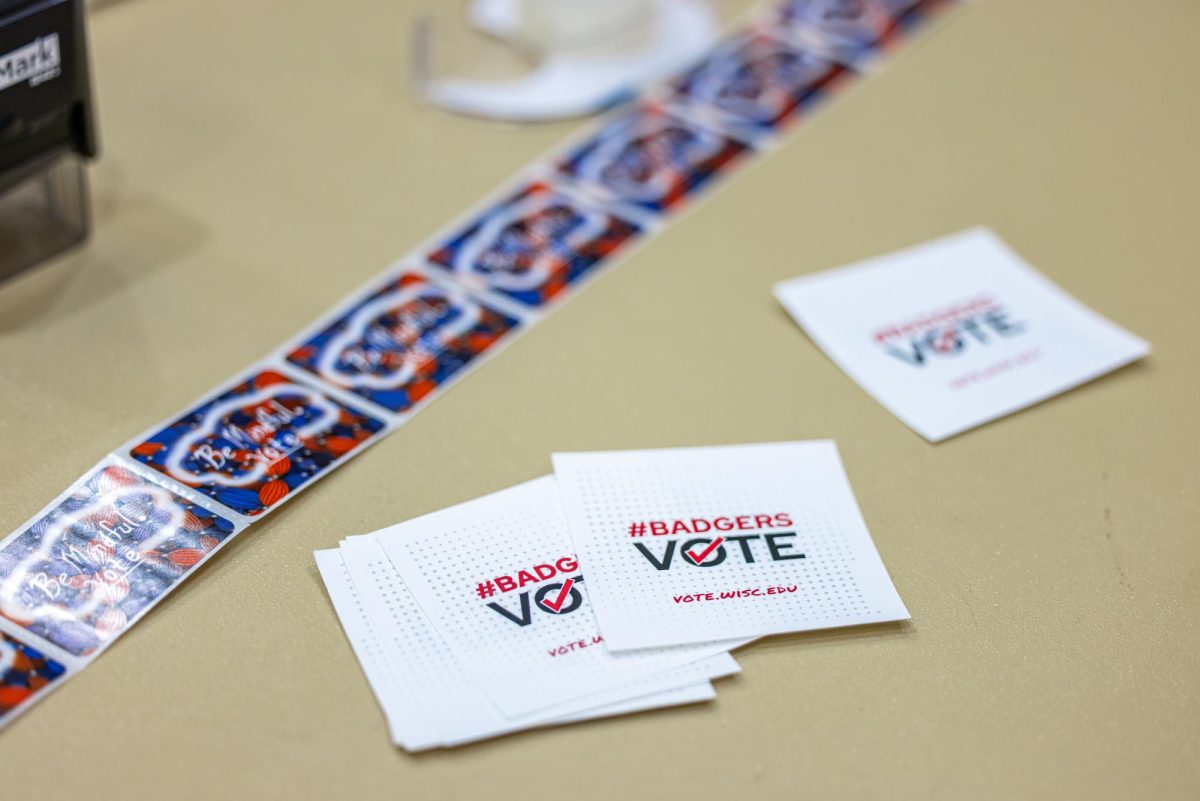Public school advocates sparred with voucher school supporters Tuesday in a public back-and-forth on whether data showed Milwaukee’s voucher school students are performing worse than its public school students.
Wisconsin’s Department of Public Instruction released data early Tuesday that showed voucher school students had worse test scores than Milwaukee’s public school students. One of the state’s top advocates for voucher schools, however, criticized the report’s methodology and said the department changed the measurement it typically uses.
The data DPI cited in a statement showed Milwaukee’s public school students faring better Milwaukee voucher school students in all subjects.
That prompted the state’s Democrats, like Assembly Minority Leader Peter Barca, D-Kenosha, to declare Gov. Scott Walker’s proposed voucher school expansion to nine school districts is wrong.
“The governor says he wants to expand private vouchers to communities as a solution to helping students with poor test scores,” Barca said. “But new test scores show that public school students perform better than their private school counterparts. The fact that public school students perform better than their private voucher counterparts dramatically undermines that argument.”
Rep. Jon Richards, D-Milwaukee, said the results were “not surprising” and said the proposed expansion was worrying. He said voucher schools are less accountable because under the proposed budget, they do not face the school report cards DPI rolled out last year.
However, School Choice Wisconsin President Jim Bender said DPI did not use the correct and traditional comparison. Although that data was on the website, Bender said it was not put out in a timely manner and was not included in the DPI statement that reporters used when writing their stories.
Bender said DPI compared the voucher school students with all Milwaukee Public School students, including those who are not low income.
Comparing voucher school students to MPS low-income students would find voucher students doing better in all subjects but math, and also shows higher improvement rates from last year, according to DPI data.
Rep. Sondy Pope, D-Cross Plains, criticized Bender’s claims in a statement. She said Bender’s comparison is flawed because it includes the higher-income students in the voucher program, since the income limit for the program was raised to 300 percent of the poverty level two years ago.
A true comparison cannot be made unless the family incomes of voucher school students’ families come out, she said.
“Until that data is made available to make a true apples-to-apples comparison, the safest assumption is comparing the [voucher school] students to the MPS general population, which shows that MPS students outperform [voucher school] students across the board,” Pope said.
Although Pope said School Choice Wisconsin has these numbers, Bender said it does not and therefore cannot release them. DPI is the only group that has that data, he said.
The amount of higher-income students who entered the program since the income limits were raised in 2011 is “statistically insignificant,” Bender said.
“Even if all of the [students who entered] were high-income, you’d still be talking about a very low percentage of kids,” Bender said. “There has not been an influx of these students.”





